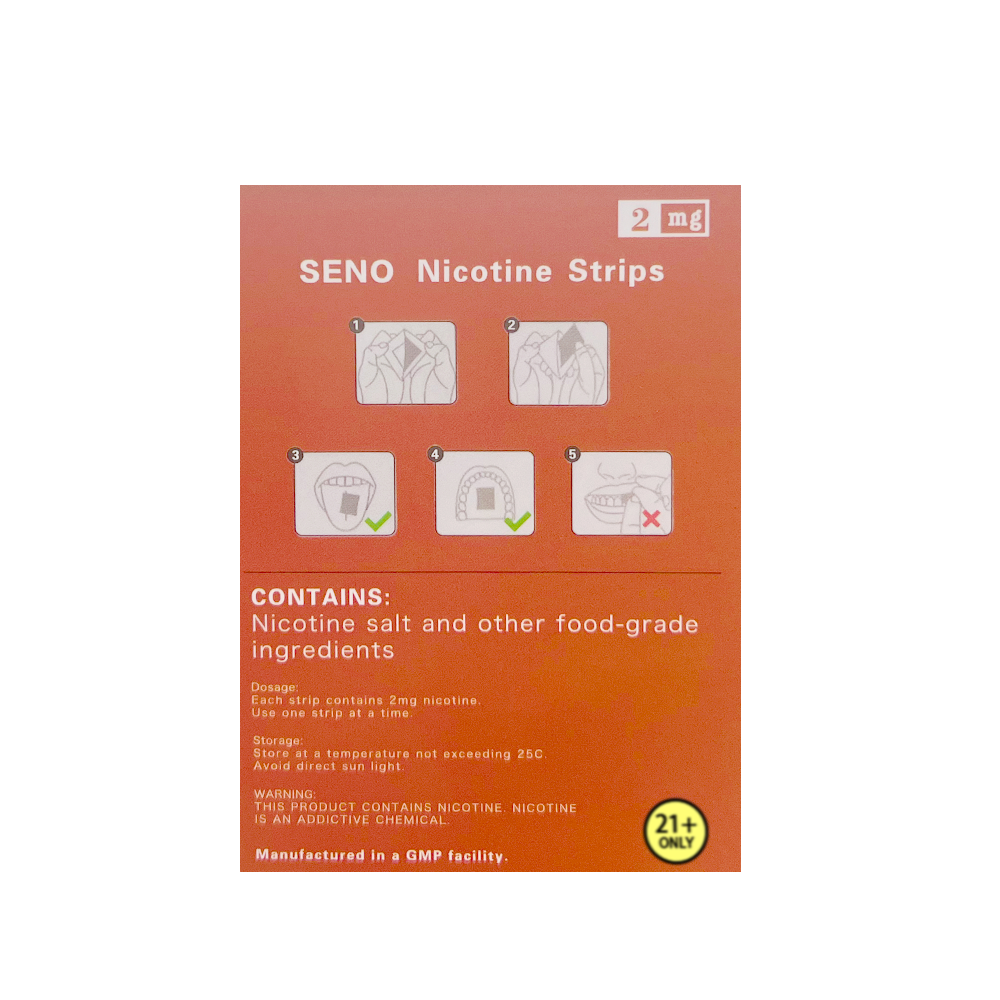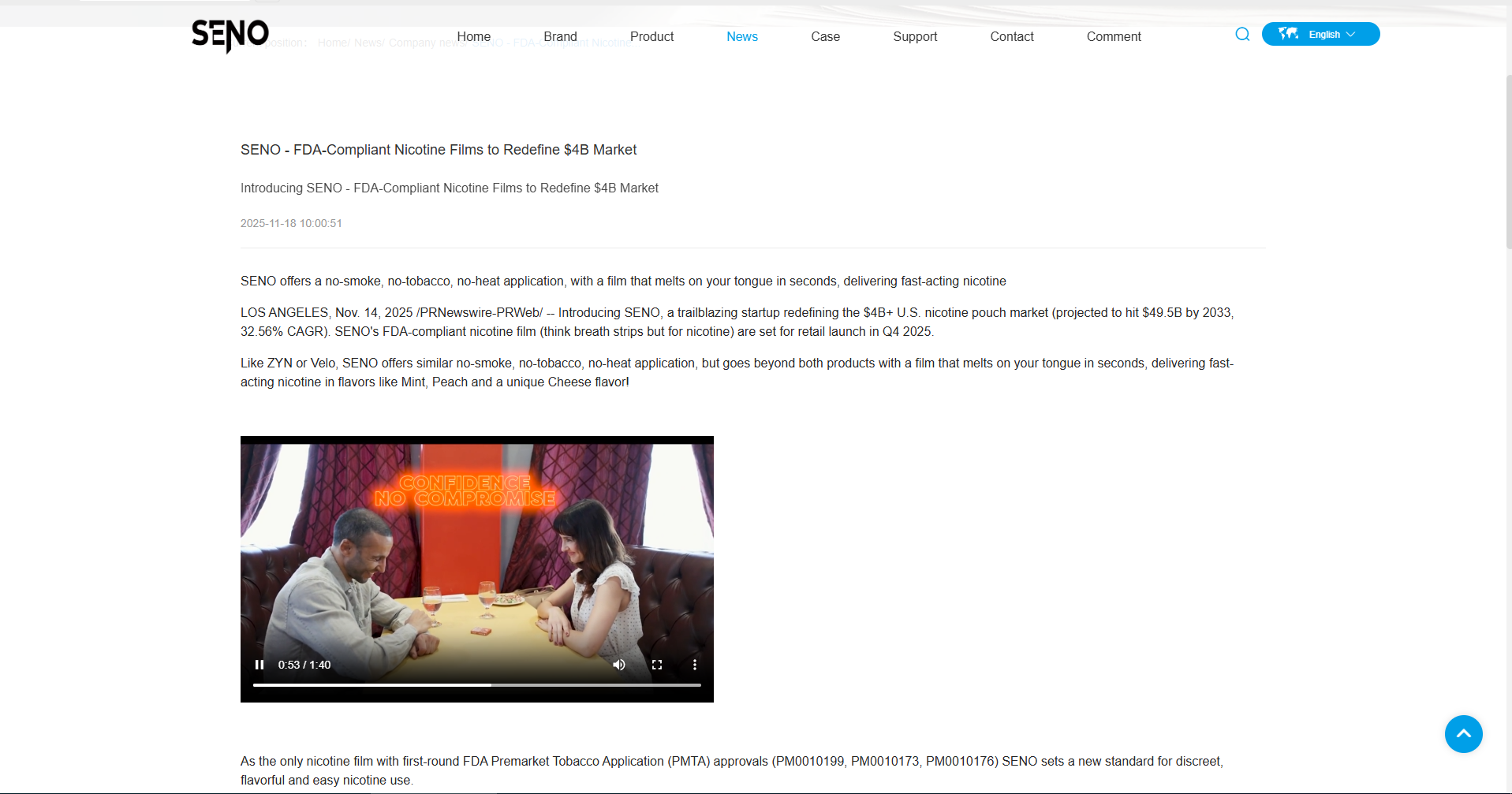Unpacking High Volume FMCG Products: Trends, Strategies, and Market Insights
In the fast-paced world of consumer goods, the term high volume FMCG products (Fast-Moving Consumer Goods) frequently surfaces in discussions about market dynamics, consumer behavior, and retail strategies. Understanding what constitutes high volume FMCG products is crucial for businesses aiming to optimize their supply chains, enhance marketing strategies, and ultimately drive sales. This article delves into the characteristics, trends, and strategies associated with high volume FMCG products, providing valuable insights for industry professionals.
Defining High Volume FMCG Products
High volume FMCG products are typically characterized by their rapid turnover and frequent purchase cycles. These products are essential to consumers' daily lives, often falling into categories such as food and beverages, personal care items, household goods, and over-the-counter pharmaceuticals. The defining features of high volume FMCG products include:
- Frequent Purchase: These products are bought regularly, often on a weekly or monthly basis, due to their necessity in everyday life.
- Low Price Point: High volume FMCG products usually have a lower price point, making them accessible to a broad consumer base.
- Brand Loyalty: While consumers may switch brands occasionally, many high volume FMCG products benefit from strong brand loyalty, which can drive repeat purchases.
- Wide Distribution: These products are typically available in numerous retail outlets, from supermarkets to convenience stores, ensuring easy access for consumers.
Market Trends Influencing High Volume FMCG Products
The FMCG sector is continually evolving, influenced by various market trends. Understanding these trends is essential for businesses looking to capitalize on high volume products:
- Health and Wellness: There is a growing consumer preference for health-conscious products. Brands that offer organic, low-calorie, or functional foods are seeing increased demand. This trend is particularly evident in the beverage sector, where health-oriented drinks are gaining traction.
- Sustainability: Eco-friendly products are becoming increasingly popular. Consumers are more inclined to purchase products that are sustainably sourced and packaged. Brands that prioritize sustainability in their high volume FMCG offerings can differentiate themselves in a crowded market.
- E-commerce Growth: The rise of online shopping has transformed the FMCG landscape. High volume products are now frequently purchased through e-commerce platforms, necessitating a robust online presence and effective digital marketing strategies.
- Personalization: With advancements in data analytics, companies can now tailor their marketing efforts to individual consumer preferences. Personalized promotions and product recommendations can significantly enhance customer engagement and drive sales.
Strategies for Success in High Volume FMCG Markets
To thrive in the competitive landscape of high volume FMCG products, businesses must adopt effective strategies that align with market trends and consumer preferences:
- Efficient Supply Chain Management: Given the rapid turnover of high volume products, an efficient supply chain is crucial. Companies should invest in technology that enhances inventory management, demand forecasting, and logistics to ensure product availability and minimize stockouts.
- Innovative Marketing Campaigns: Engaging marketing campaigns that resonate with target audiences can significantly impact sales. Utilizing social media, influencer partnerships, and targeted advertising can help brands reach consumers effectively.
- Product Diversification: Expanding product lines to include variations that cater to different consumer segments can drive growth. For instance, offering gluten-free or vegan options can attract health-conscious shoppers.
- Customer Engagement: Building strong relationships with consumers through loyalty programs, feedback mechanisms, and community engagement can foster brand loyalty and encourage repeat purchases.
Conclusion
High volume FMCG products play a pivotal role in the consumer goods market, driven by their essential nature and rapid turnover. By understanding the defining characteristics, market trends, and effective strategies associated with these products, businesses can position themselves for success in a competitive landscape. As consumer preferences continue to evolve, staying attuned to these dynamics will be crucial for brands aiming to capture and retain market share in the high volume FMCG sector.


